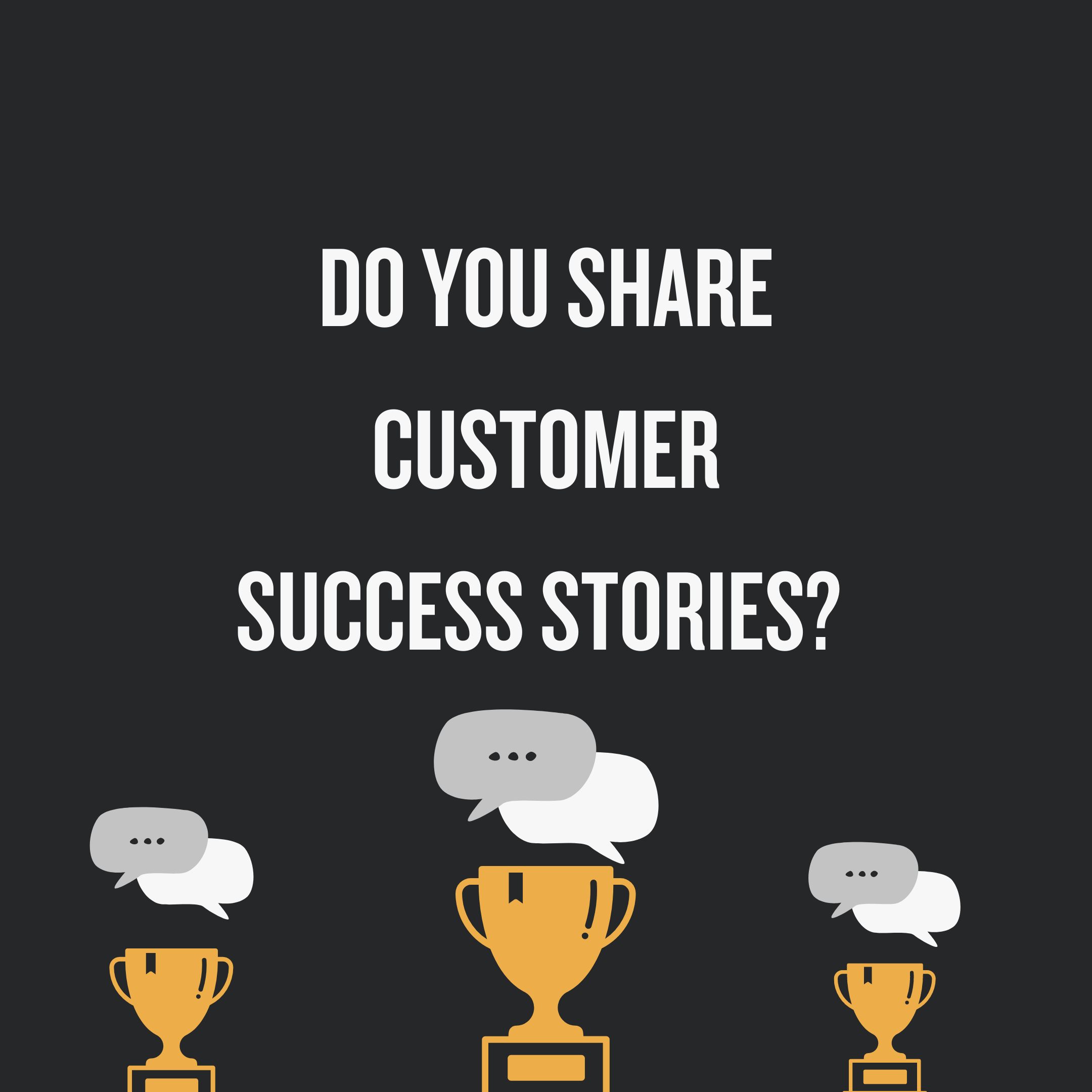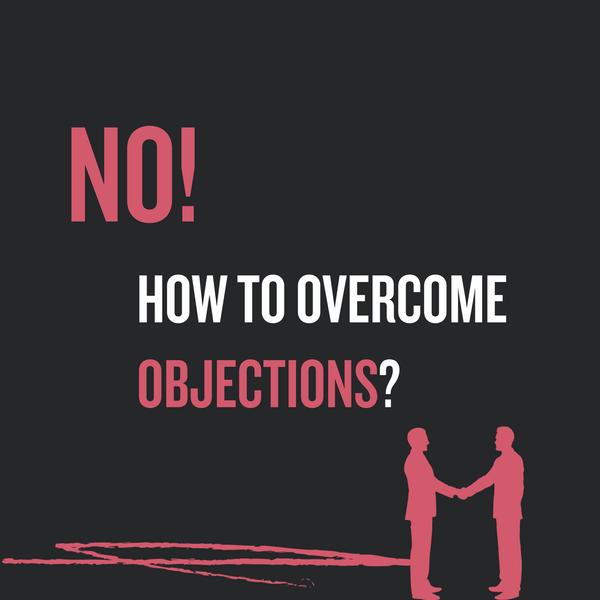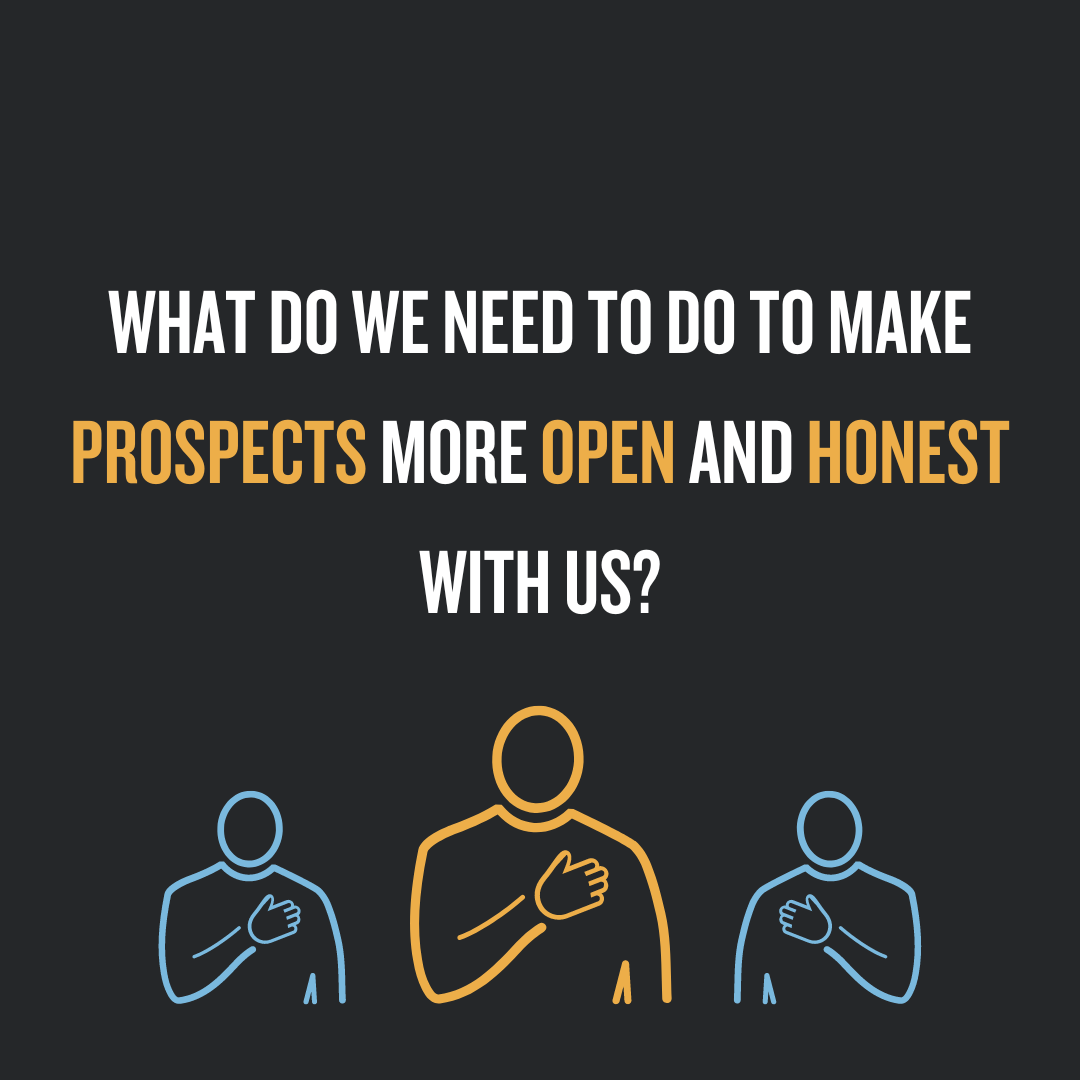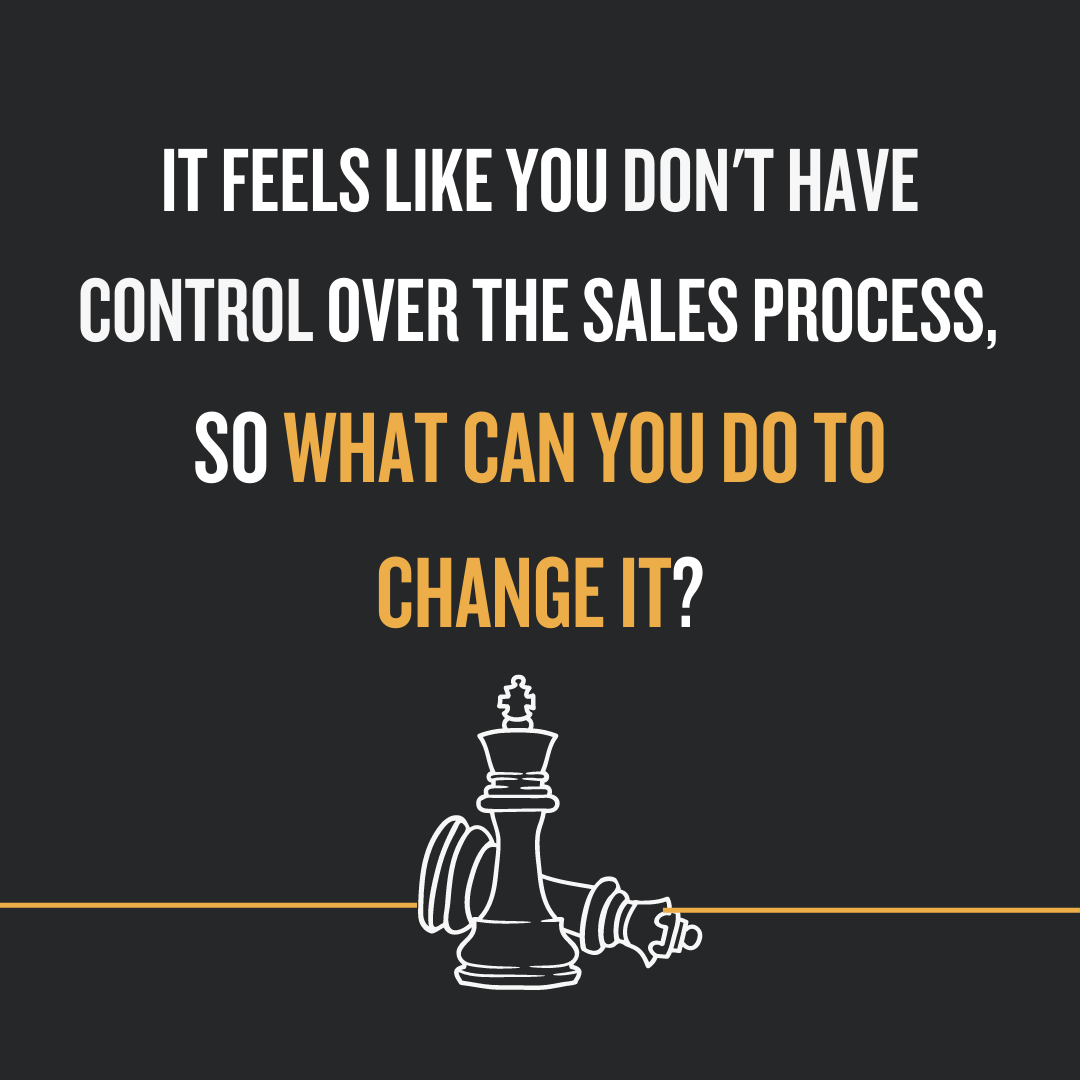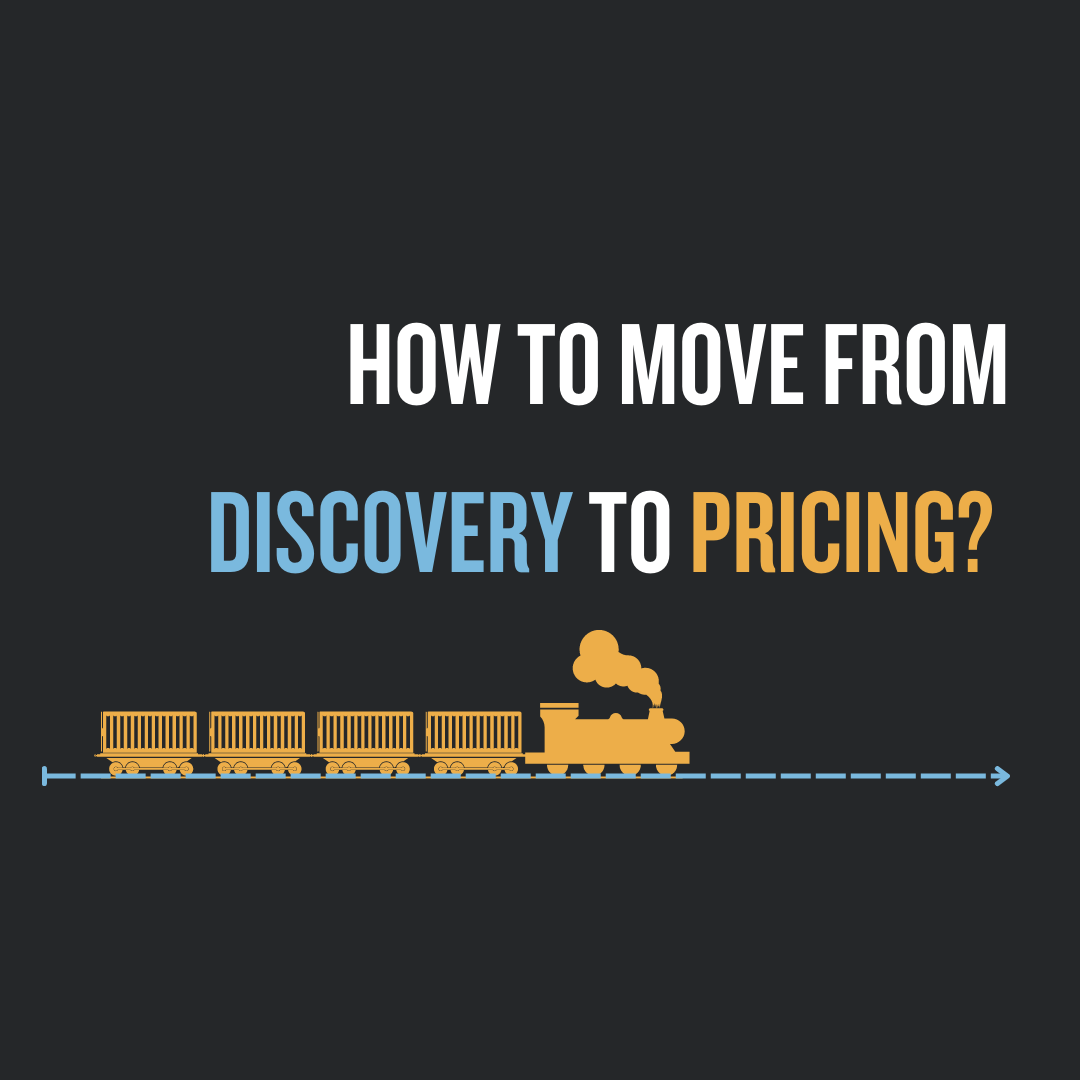During a demo call, do you share customer stories? or just logos? or nothing at all, focusing only on your product & its features?
The reason why you should share stories from your previous customers during a sales call is that stories are a proven way to engage your prospects and build trust.
And still, we see salespeople doing these main mistakes regarding this topic:
Worksheets are available to download later below.
Mistake #1: Talking about everything but customer success stories
How many client success stories do you typically share with your clients? If it's just one, good for you - that's more than most.
You need to leave more opportunities for your prospects to resonate with you. If you have two, that's great. If you have three or more, that's excellent.
The best salespeople have a library of customer success stories and can pick the ones that are most relevant to their current prospects.
You see, people are gossipers and storytellers by nature. That’s how we’ve been built and raised, that’s what our cultures and heritage are based on. So, by definition people will always have an emotional tie to stories.
As a sales rep, you want to be remembered because this is the key to closing the deal.
Now, imagine you are the prospect: you had a bunch of demos already, your head is just about to explode with offers and new information and you’re desperately looking for something, that will help you to make a decision. And here comes the emotional aspect of the rep’s demo.
Customer stories more often than not are tied to emotions. That’s why your prospect will always remember them.
It was proven by research, that most successful reps actually have three to five customer stories they share in a 45-minute to an hour-long conversation.
People always look for understanding, for a certain proof that they’re not alone in certain situations and your customer stories will provide them with a much-needed sense of fellowship.
So, if you describe a few customer stories with similar pain points and will stress enough that a solution has been found for those customers, the prospect will create an emotional connection associated with and tied to your demo.

Before each sales call, set an intention for how many stories you want to share. After each call, do a quick review to see if you met your goal or not and what you can do to improve the next time.
But keep in mind to always track how the story worked with your buyer persona and always adapt your demo for future meetings.
Not all of us have customer stories or case studies ready, but that’s absolutely fine. You might have a great marketing team and a great customer success team. But you keep asking for stories and you've got one or two but you know, we're waiting on them.
Own it. Just take your time and reach out to a few of your power users, and your current customers for a small interview. The folks that maybe you've already closed in the past and already have some level of rapport with, but if not, that's fine, too.
Just actually call them and say - Hey, we're just wanting to call and see how things are going. And be genuine about it. Like, if you really want to know how things are going and if there's any feedback that they've got for the customer success team, mark that down and let them know that a customer success person will get a hold of them.
Then ask them - how it's been going for you, love to understand, based on what your expectations were coming in and based on what our solution has done for you thus far, what have the results been.
What can you share with me, walk me through how each stakeholder has really been using this in your organization, how it's impacted them, and what kind of ROI you've seen?
You'll be shocked at how willing they are to share.
And when you hear it firsthand like that, it's a lot easier to be authentic about it than if you're reading a random case study of a customer you've never talked to.
And suddenly you should easily have a great list of quotes and stories from satisfied customers, that you can share with your prospects.
Simply, find at least three customers and fill in the gaps to create a perfect showcase for your prospects.

Mistake #2: Saying "After this call, I'll send you a case study on this"
What are the chances, if you send by email a white paper or case study or a video, that they'll actually sit down and watch it? Pretty slim, right?
But if you communicate the story during the call, in their language, in a way that they can understand and see themselves in, it's a different case.
Mistake #3: Talking too long about one story
When you share customer success stories with your prospects, make sure they are story soundbites, not long stories. You want to capture your prospect's attention, not put them to sleep.
Think of your customer story as a way to make a point, not as entertainment.
Story soundbites are a great way to add personality to your sales pitch and build rapport with your prospect. Plus, stories are a great way to highlight your product or service’s value.
A customer soundbite is only 60 seconds long. Usually, It covers the
- What (What we do),
- So What (Why does it matter to you),
- along with the Customer Story in one or two sentences.
So when a problem is revealed, you quickly reply with a soundbite that is analogous to the prospect in front of you.
For example, if a prospect says they're worried about prices, you might say, "I had a similar conversation with a client [Insert Name] last week. They were concerned about the price too, but after we talked about the 4% increase in revenue they would be getting, they decided to go ahead."
Usually, after your prospect has mentioned a problem, it's time to empathize and then discuss the What, So What, and Customer Story.
For example, let's say I'm talking to a SaaS Founder and he says he doesn't have enough time to coach his sales team as much as he wants. I would then say something like:
"You know, that reminds me of a prospect I talked to seven months ago. They too were a SaaS startup in a similar situation and stage as you. They too hired their third salesperson a day before this call. They are a customer now. So they hired us to review calls and coach every two weeks. Now, that team closes 10% more clients every month. The new guy took half the time from joining to start hitting his numbers compared to the guys before him."
Ultimately people want to know:
- Proof Points
- They're not the first ones to go down this path
- And they're in good company
Using customer soundbites you want to paint a picture of the future state that they're working towards. Using soundbites, we're looking for ways to figure out their pain, its effect, and how we might quantify it.
Make sure you've got something that the prospect can relate to. Make sure your client's success stories are based on a return on investment. There should be a measurement that shows what they'll achieve.
You can improve your customer storytelling by working on an easy exercise presented in my worksheet here:

One is when you uncover a pain or want to show how your product can help in situations similar to theirs. Another good time is when the prospect seems skeptical.
You can then share how you understand their concerns and how the customer story proves that your product works. The best stories are ROI-driven and show what success could look like in the future if they decide to work with you.
Download worksheets
And, as promised, feel free to download these worksheets to practice new knowledge!


